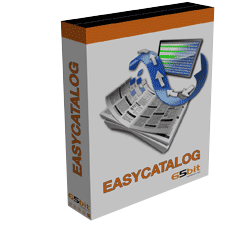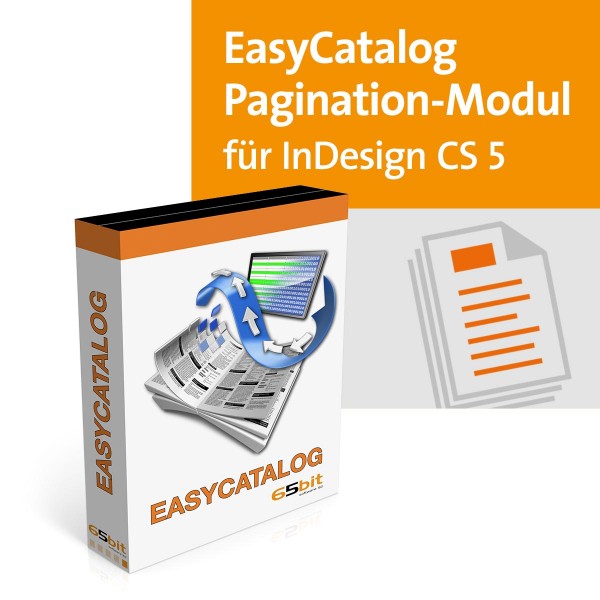
#Easycatalog pagination update#
Updating layouts with new data from the source is as easy as clicking the update button, and it’s even possible to push changes made in the InDesign documents back to the original source. When working in InDesign, designers can select the data source, filter the results, and place and format data and images automatically. Eas圜atalog allows users to link InDesign layouts to structured data such as Excel files or databases.
#Easycatalog pagination tv#
For previous versions of InDesign, please visit our webstore.Publishers of TV guides, financial reports, catalogs, pricelists and more will benefit from the integration of Eas圜atalog and Enterprise, yielding improvements in efficiency and accuracy, all while reducing errors when creating data-rich publications, says WoodWing.Ħ5bit´s flagship product, Eas圜atalog, is used by thousands of users in more than 30 countries around the world. PLEASE NOTE: This version requires Adobe InDesign CC 2023.
#Easycatalog pagination license#
The cost to purchase a license for the Pagination Module is listed below. Multiple template documents can be defined, with the data choosing the relevant template at pagination time. By creating a template document containing placeholders where your data should appear, Template-based pagination will automatically output the populated template to a folder. If you’re looking to paginate mutliple documents, PDFs or both from your data, Template-based Pagination can be used. The master page that is used during pagination can be determined by your data, allowing you to quickly paginate a document containing various standard page layouts.

Rather than using an Eas圜atalog Library containing your Product Styles, Master-based pagination uses Product Styles that have already been placed in position on your document’s master pages. If your data contains positional information, such as a page number and X and Y co-ordinate, Positional Pagination can use this information to place your Product Styles in the correct position. This type of pagination works by positioning Product Styles at the intersection of page guides on the page. Where the document has a more regular, grid-like, layout Guide-based Pagination can be used. Your Eas圜atalog Product Styles will be inserted into a regular InDesign text box, which allows you to reflow the document if data is added or removed or if you need to insert additional content into the document after pagination. The running order of the data is determined by the Eas圜atalog panel – use the sorting, grouping and filtering features to create the sequence of records to paginate.įlow-based pagination is often used when products need to flow through a document, such as a directory.

You can also specify Product Styles for the pagination of groups – so, for instance, you can automatically insert headers into the document. The Product Style used to output the data can also be determined at pagination time by indicators in the data – ideal when your data has an associated ‘style’ field. Offering five types of pagination, the Pagination Module is ideal for publications that are data-driven – those where the data decides how and where data should appear.Ĭonfigure templates – “Product Styles” – that define how data should appear, and Eas圜atalog will automatically place them in the document.


 0 kommentar(er)
0 kommentar(er)
